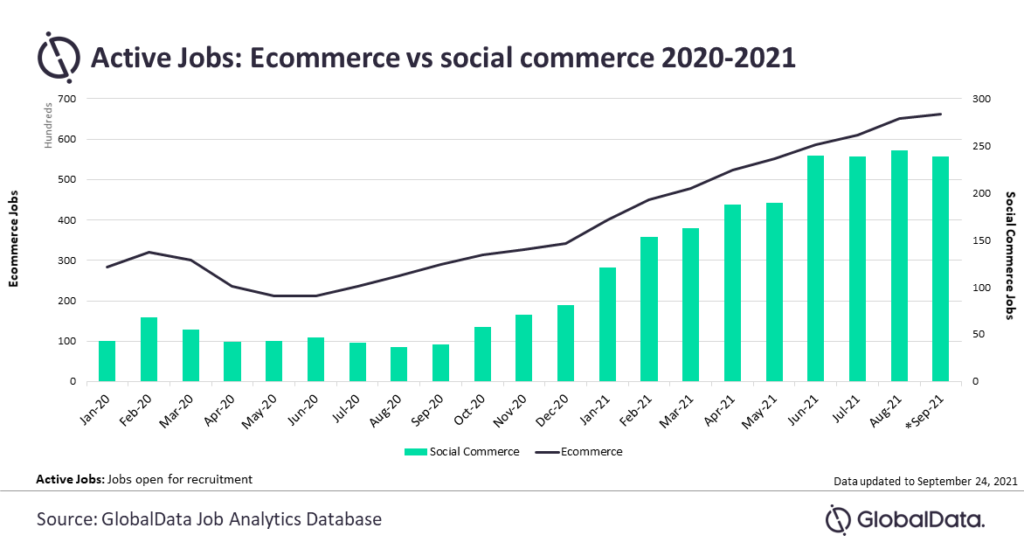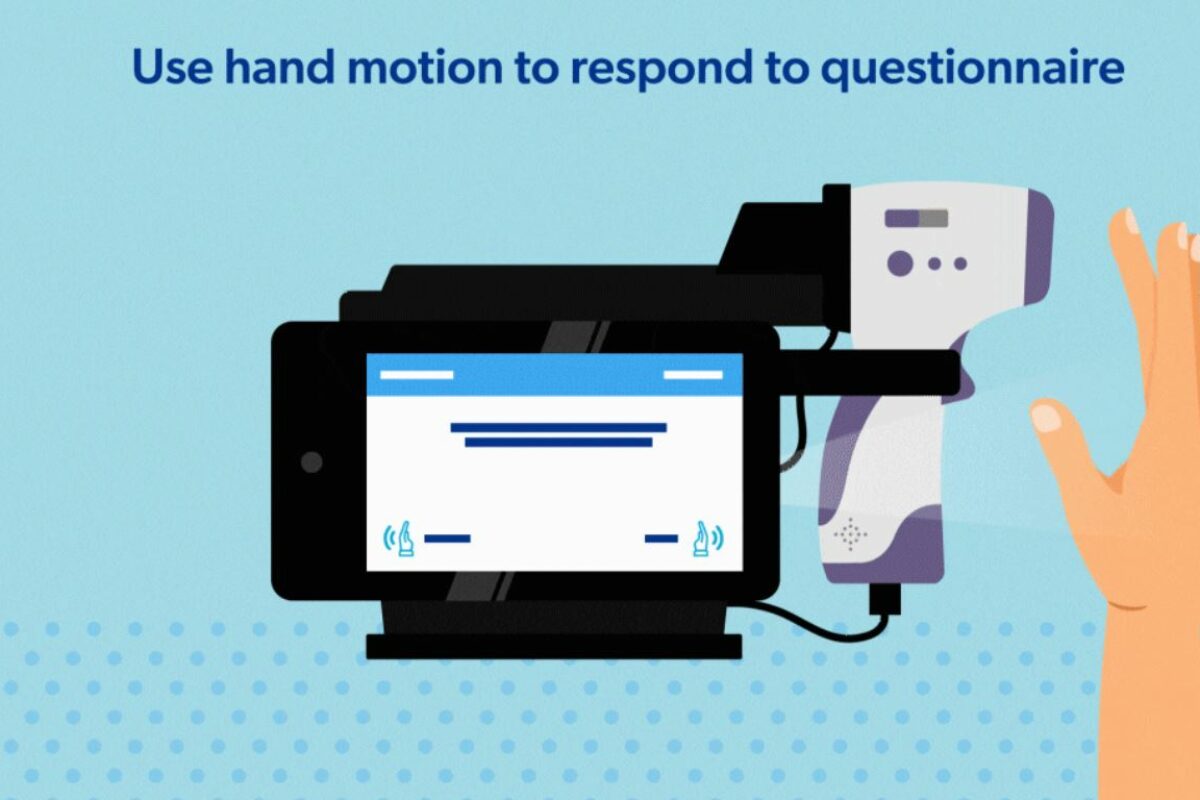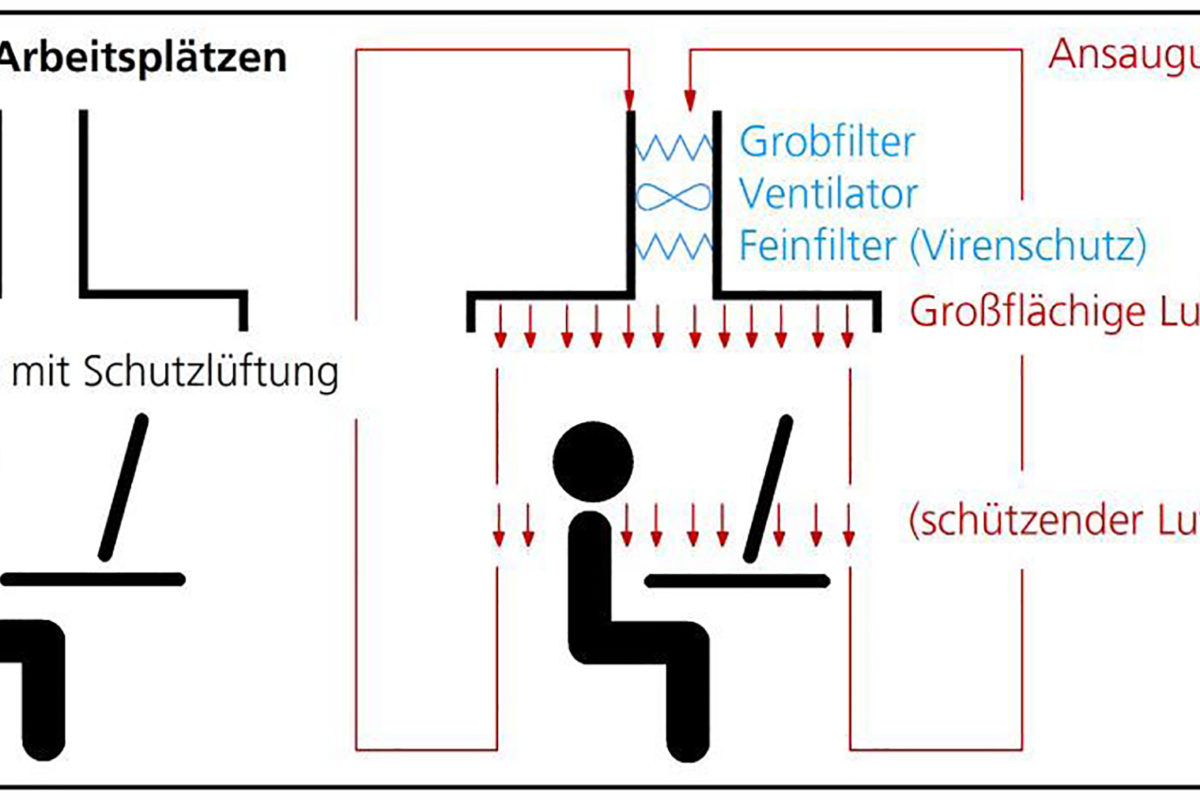Corporate health management is a process, not a one-time event
Employee satisfaction/engagement is critical to the success of any business, big or small. Customers notice if employees are dissatisfied with their jobs.
Customer satisfaction, employee recruitment and hiring, employee retention and increasing sales are rarely associated with employee health. But they should be. And not only that, companies should act accordingly and take the necessary steps using stringent corporate health management, abbreviated CHM.
CHM is “the structured implementation of measures to promote health and prevent disease for the benefit of all employees in a company”. It ensures the health of both employees and the company. More often than not, the first step towards corporate health management has already been taken the minute the (German) labor and employment law is applied. But what comes next?
Possible health promotion strategies
There are many CHM options and they vary in how difficult they are to implement. Some can be realized immediately, others take a little more time.
Companies can use a lot at short-term actions to promote employee health and wellness. They can:
- Introduce flexible working models,
- Offer healthy cafeteria dining options,
- Offer courses to promote back safety, jogging groups and ergonomics training,
- Correctly implement occupational health and safety regulations.
It is important to inform and educate the employees about the new program. Needless to say, if the employees are not on the same page as management and don’t use the offered opportunities, the program is doomed to failure.
While long-term implementation plans are time-consuming, they are all the more beneficial in the end. Example of goals:
- Integrate thematic goals for health into the corporate identity (CI)
- Develop and train management extensively
- Implement operational integration management
- Use corporate health managers
The new program must be integrated into everyday practice. Assistance from external sources can be essential to ensure this is the case. Once the team has become used to the new approach and has noticed the positive impact it has on the individual team members, the implementation will ultimately become easier. It’s a process, not a one-time event.
Who is responsible for what?
The tasks are multifaceted, making a division of responsibilities critical, especially when it comes to a major undertaking like CHM. That’s why CHM also needs the involvement of additional authorities:
- Human Resources Department
- Workers‘ council
- Occupational health and safety expert
- Associations such as “Betriebliches Gesundheitsmanagement e.V.” and health insurance companies that serve in an advisory capacity
- External consulting by a health manager, who sets up the large-scale CHM project in a standardized manner and manages the beginning stages
Corporate health management costs
Prior to CHM implementation, the cost factor is crucial. Here is the good news: Many (German) health insurance companies support companies in the implementation of CHM. Another aspect is the requirements (premises, trained staff, furniture) a company is able to meet. That is to say, even though the costs may vary, nearly everyone is able to cover them.
Resource efficiency is key in this setting. Not only does this refer to employees as valuable resources who must be treated with care and respect, but it also pertains to the financial resources of companies, especially small and medium-sized enterprises. CHM can often be integrated into existing structures and customized.
As a rule, a managing director must allocate between 200 and 350 euros per employee annually. However, this investment definitely pays off. According to Haufe.de, ROI is “between 1: 2.5 and 1: 4.85 to 10.1, respectively, due to a reduction of sickness absences”.
Best practice
Are you still lacking motivation? One of many successful projects is the “On-Site Occupational Health Management” project initiated by the Rewe Group supermarket chain. Aside from on-site company gyms with the support of an experienced professional, it’s the little things that count. Employees can perform exercises right at the workplace, whether it’s while they stock shelves or work at the checkout. Rewe received the BGHW Prevention Award 2015 for its efforts in this setting.
Author: Nora Petig
First published at iXtenso – Magazine for Retailers




















